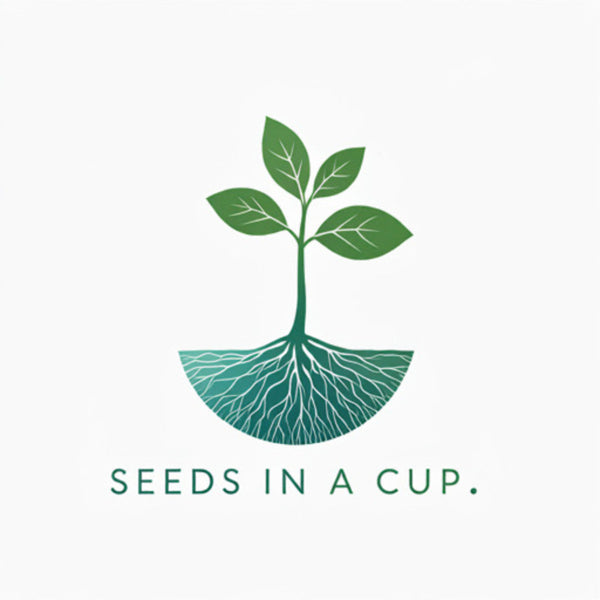
Dealing with Weeds in the Garden: Effective Strategies and Solutions
Share
Weeds can be a persistent and frustrating problem for gardeners. They compete with your plants for nutrients, water, and sunlight, and can quickly take over if not managed properly. Here’s a comprehensive guide on how to deal with weeds in your garden and prevent them from becoming a nuisance.
1. Understand Your Weeds
Identifying the types of weeds in your garden is the first step in effectively managing them. Weeds are generally classified into three categories:
-
Annual Weeds: Complete their lifecycle in one year (e.g., crabgrass, chickweed).
-
Biennial Weeds: Take two years to complete their lifecycle (e.g., bull thistle, garlic mustard).
-
Perennial Weeds: Live for multiple years (e.g., dandelions, bindweed).
2. Prevention Strategies
Preventing weeds from taking root is easier than dealing with them once they’ve established. Here are some effective prevention strategies:
-
Mulching: Apply a thick layer of organic mulch (e.g., straw, wood chips, or compost) around your plants. Mulch suppresses weed growth by blocking sunlight and helps retain soil moisture.
-
Ground Covers: Plant ground covers or low-growing plants to compete with weeds for space and resources. Ground covers create a dense mat that prevents weeds from establishing.
-
Proper Spacing: Space your plants properly to create a dense canopy that shades the soil, making it difficult for weeds to grow.
-
Landscape Fabric: Use landscape fabric under pathways, garden beds, and mulch to create a physical barrier that prevents weeds from emerging.
3. Weed Removal Techniques
Even with prevention, some weeds will still manage to sprout. Here are some effective weed removal techniques:
-
Hand Pulling: This is the simplest method and works best for small areas and shallow-rooted weeds. Make sure to pull weeds when the soil is moist, and remove the entire root to prevent regrowth.
-
Hoeing: Use a hoe to sever weed roots just below the soil surface. This is particularly effective for annual weeds. Hoeing is best done on a dry day to prevent regrowth.
-
Weeding Tools: Use specialized weeding tools like dandelion diggers or weed pullers for deep-rooted weeds. These tools make it easier to remove the entire root system.
-
Boiling Water: Pour boiling water directly onto weeds to kill them. This method is effective for weeds growing in cracks and crevices but should be used with caution around desired plants.
4. Organic Weed Control Methods
If you prefer to avoid chemical herbicides, there are several organic methods to control weeds:
-
Vinegar Solution: Mix household vinegar with a small amount of dish soap and spray directly on weeds. The vinegar’s acetic acid will kill the weeds, while the soap helps it adhere to the leaves.
-
Corn Gluten Meal: This natural pre-emergent herbicide prevents weed seeds from germinating. Apply it in early spring before weeds sprout.
-
Solarization: Cover the soil with clear plastic sheets during hot weather for 4-6 weeks. The heat trapped under the plastic will kill weed seeds and roots.
5. Chemical Weed Control
In some cases, chemical herbicides may be necessary for severe weed infestations. If you choose to use chemical herbicides, follow these guidelines:
-
Select the Right Herbicide: Choose an herbicide that targets your specific weeds without harming desired plants. There are selective herbicides for lawns and non-selective herbicides for general use.
-
Read the Label: Always read and follow the label instructions for safe and effective use. Pay attention to application rates, timing, and safety precautions.
-
Spot Treatment: Use herbicides as a spot treatment rather than blanket spraying to minimize chemical use and reduce the impact on the environment.
Conclusion
Dealing with weeds in the garden requires a combination of prevention, removal, and control strategies. By understanding your weeds, implementing effective prevention measures, and using appropriate removal techniques, you can keep your garden healthy and weed-free. Happy gardening! 🌱🛠️🌸